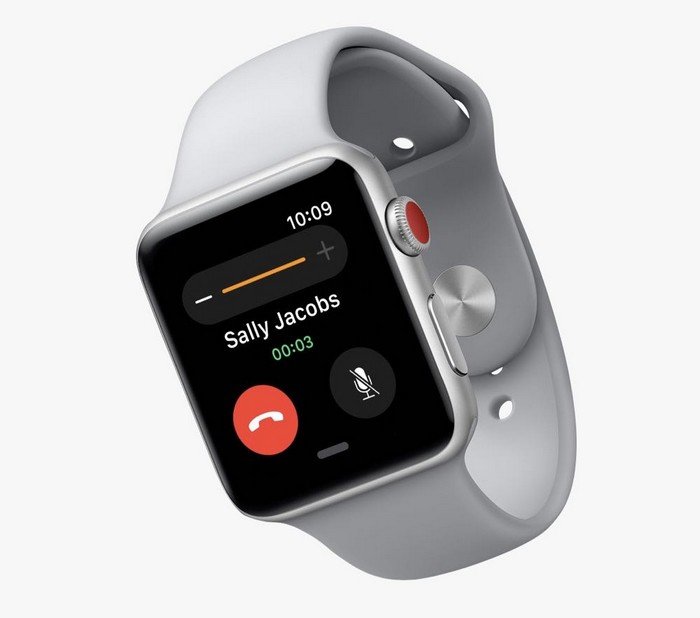The Apple Watch has become a popular companion for music lovers, offering convenient access to their favorite tunes right from their wrist. With the ability to store music directly on the device, users can enjoy their favorite songs, playlists, and podcasts even when they’re away from their iPhone. But how much music can the Apple Watch hold? In this article, we’ll explore the storage capacity of the Apple Watch for music, factors that influence storage space, and tips for optimizing your music library on the device.
Understanding Apple Watch Music Storage
Built-in Storage: Apple Watch models come with varying amounts of built-in storage, ranging from 8GB to 32GB, depending on the model and configuration. This storage capacity allows users to store music, photos, apps, and other data directly on the device, reducing the need to rely on a paired iPhone for content access.
Music File Sizes: The amount of music that can be stored on an Apple Watch depends on the size of the music files and the available storage space on the device. Generally, music files encoded at higher bitrates or in lossless formats will take up more space compared to lower quality or compressed formats.
Compression and Optimization: To maximize storage space on the Apple Watch, music files are often compressed and optimized for playback on the device. This compression reduces the file size without significantly compromising audio quality, allowing users to store more music on their watch.
Factors Influencing Music Storage Capacity
Available Storage Space: The amount of music that can be stored on an Apple Watch is limited by the available storage space on the device. Users should consider the total storage capacity of their watch model and factor in the space required for other data, such as apps, photos, and system files.
Music Quality and Bitrate: Higher quality music files, such as those encoded in lossless or high-resolution formats, will occupy more storage space compared to lower quality or compressed formats. Users should consider the bitrate and file size of their music library when determining how much music to store on their Apple Watch.
Playlist Selection: Users can optimize their music storage on the Apple Watch by selecting specific playlists or albums to sync with the device. By choosing only their favorite songs or essential playlists, users can conserve storage space and ensure they have access to the music they love most.
Tips for Optimizing Music Storage
Use Automatic Syncing: The Apple Watch can automatically sync selected playlists and albums from your iPhone to the watch, ensuring you always have access to your favorite music without manually managing storage space.
Customize Sync Settings: Customize the music syncing settings on your Apple Watch to control which playlists, albums, or artists are stored on the device. You can adjust these settings in the Music app on your iPhone or through the Apple Watch app on your iPhone.
Stream Music from iPhone: If storage space on your Apple Watch is limited, consider streaming music directly from your iPhone instead. With the Apple Watch’s built-in music streaming capabilities, you can listen to music from your iPhone’s library without storing it on the watch itself.
Conclusion
In conclusion, the amount of music that can be stored on an Apple Watch depends on several factors, including the device’s storage capacity, music file sizes, and user preferences. With storage capacities ranging from 8GB to 32GB, users have ample space to store their favorite songs, playlists, and podcasts directly on the device. By considering factors such as music quality, playlist selection, and syncing preferences, users can optimize their music storage on the Apple Watch and enjoy a personalized listening experience wherever they go. Whether you’re hitting the gym, going for a run, or simply on the go, having access to your favorite music right from your wrist adds convenience and enjoyment to your daily routine.

